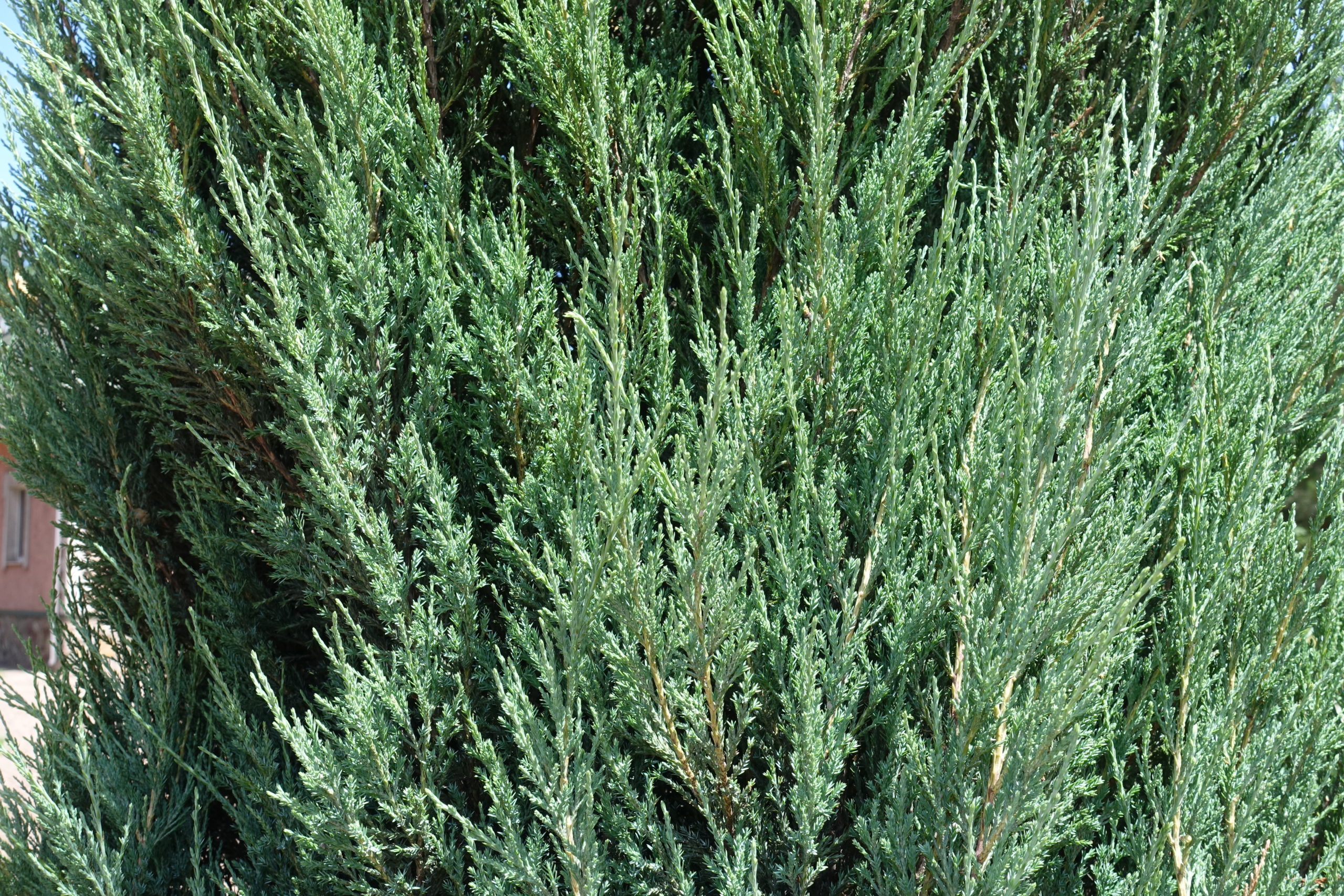Red Cedar
Juniperus virginiana
$16.95
Out of stock
All orders placed will ship during our Spring 2022 season.
USDA Zone Shipment timing:
Plant Zones 9-8: Late January-February
Plant Zones 8-7: February-March
Plant Zones 6-5: April-early May
For more information see the Ordering & Shipping section below.
*Disclaimer* All orders submitted after April, 20 (4/20/2021) will be fulfilled as a Fall 2021 shipment. We will contact you if we are able to fulfill your order in Spring 2021.
The Eastern Red Cedar is a hearty, evergreen tree with multiple functions on a property or food plot. Most importantly, the Red Cedar provides excellent thermal cover. The density of the tree creates superb windbreak; Whitetail are known to bed on the leeward side of cedar thickets, particularly on south or southwest facing slopes during winter. The Red Cedar provides cover for not only deer, but for 70+ species of bird, game bird, and wildlife. Habitat is more than nutrition, proper cover and nesting will sustain larger and healthier populations of deer or wildlife on your property.
Whitetail enjoy the young twigs and leaves of Red Cedar as browse. It should be noted that while they enjoy it for browse, Red Cedar should not be the primary food source for deer. The tree produces heaps of small, blue, fruit covered seeds. These berry-like cones provide a significant food source for songbird, ground bird, foxes, rabbits, and small mammals.
Red Cedar are fast growing and can survive low temperature, high temperature, and drought. Cedars will naturally spread over time. As such, windbreak cedar thickets must be maintained for size and thickness. As a windbreak thicket ages, overcrowding may occur and cedars will drop their lower limbs, damaging the ability to windbreak. Thin the thicket over time to preserve the windbreak.
| Height | 30' - 50' |
| Spread | 8' - 20' |
| Tree Form | Modified Leader |
| USDA Zone | 2 - 9 |
| Blooms | Spring |
| Drops Fruit or Nuts | Fall |
| Soil | Loamy, moist, rich, sandy, silty loam, well-drained and clay soils. |
| Soil pH | 4.7 - 7.8 |
| Light requirements | Full-sun |
| Spacing | 8' - 16' |
| Pruning | Annual pruning maintains proper shape and healthy branches. |
| Fertilization | Do not fertilize at planting. Once the trees are established, fertilize in early spring (Mar-April) as growth begins. Do not fertilize in the fall, which could promote late season tender growth that can be damaged by early frosts. |
| Watering | Newly planted trees should be watered regularly. This is the most critical step in the establishment of your new trees. Please see the Watering section under "How to plant and grow" in our Learning Center. |
| Pollination | Need more than one tree |
At Chestnut Hill Outdoors, we’ve been shipping mail order trees for over 30 years. We’re experts at delivering healthy trees to your doorstep. All of our trees are container grown in root-enhancing pots, ensuring healthy root systems and much better success upon planting.
In Spring we ship bare-root, dormant trees. All plants are dipped in a root gel before shipping and wrapped in plastic to retain moisture.
Spring: All trees are shipped bare-root.
Fall: All trees are shipped in containers.
Size shipped: 8 – 24 inches
For more information, visit our Ordering & Shipping Page.





